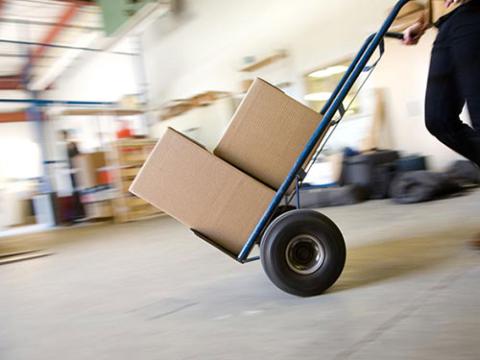Plan B during high demand - How to use back orders in drop-shipping

Conventional wisdom has long told drop-shippers and e-commerce retailers to avoid backorders because of how demanding online shoppers are.
You do face risks of cancellations and poor reviews. Still, the current climate and growing familiarity with online shopping — plus faster fulfillment capabilities across the country — are causing many drop-shippers to rethink this offer.
The uncertainty of shipping during 2020 may work in your favor here. Customers have come to expect delays and uncertainty in the e-commerce space. Some will demand two-day shipping and accept nothing less. But more and more are willing to wait to try something new or get exactly what they want, even if it’s on backorder.
Unlocking this revenue opportunity is straightforward but requires planning and a willingness to be upfront and honest with your customers. Let’s look at that more closely.
Factors specific to drop-shipping backorders
Backorders are the sales of out-of-stock goods. For dropshipping, you have two elements that impact backorders:
- Drop-shipping backorders generally happen because of production or shipping delays. Unfortunately, it often can take a while for manufacturers to catch up on orders if they’ve had to shut down a production line. Accepting backorders is only safe if you understand the manufacturer’s turnaround time.
- In some cases, you need to reach a specific volume for a supplier to prioritize your orders. These requirements are becoming less common, but reaching that volume helps get your orders filled sooner. Backorders help you reach that threshold faster, minimizing times you must refund customers.
For your customers, remember to display items as on backorder instead of “out of stock,” and keep purchase buttons visible.
Backorders require trust
Drop-shippers don’t often use backorders to manage their business because it can require a significant degree of trust and patience. Customers must be willing to place backorders and not cancel the order before you’re ready. However, if you have a good reputation, you can see some significant benefits.
The first is that you’re ensuring continuous cash flow for your company. Just be sure not to spend all that cash because backorders can take a while to fill and deliver to customers. They’ve got a higher risk of cancellation, even if you have a good reputation, so backorders should always be a supplement.
Your other chief benefit is that you’re able to start engaging with potential customers sooner. Accepting backorders means you’re getting email addresses for coupons, cross-selling, and more. Orders also give customer details you can leverage for the rest of your store in hopes of generating more sales with in-stock items.
Now, let’s look at getting backorders right.
Tip 1: Be clear about availability
The easiest way to get burned by backorders is to mislead your customers. Your site needs to clearly show what is on backorder and provide an expected shipping time. If you don’t know how long shipping will take, estimate it, and assure shoppers that you will update customers as soon as things ship. If you experience delays, let people know in follow-up emails. Also, explain your payment process including when someone is charged.
Tip 2: Establish regular contact
You’ll need to consistently communicate with customers to maintain the good faith you’ve built. Provide regular updates for specific events, such as orders being processed, payment, when something is shipping, expected delivery dates, and if there are any issues. Consider taking the updates your wholesaler provides you and turning those into customer updates. Keep these messages simple and offer multiple delivery options, such as email and text.
Tip 3: Address complaints quickly
Backorders require specific work on your part to keep people happy. Complaints are going to come about costs, shipping, discounts, and more. Create a specific plan for how you will listen to complaints, respond to people, fix issues, and act quickly. That plan should include strict limits on what additional offers you make or discounts you provide.
What’s especially important is to leverage the data mentioned previously. Train your team on how to access all order data and how to add customers to alerts and update lists. Quality service minimizes your risks.
Define success from the customer’s perspective
Determine if drop shipped backorders works for your business by looking at capabilities and offers from the customer’s point of view.
Are backorders on the products people want? Does waiting for these products make sense? Is the price right based on the wait time?
Evaluate your business based on these answers and your ability to offer quality customer service. When backorders make sense for your customers and products, you still need reliable customer support to minimize cancellations. Define what success looks like for the customer and then see if backorders have a place in that experience.
Jake Rheude is the VP of marketing for Red Stag Fulfillment.




